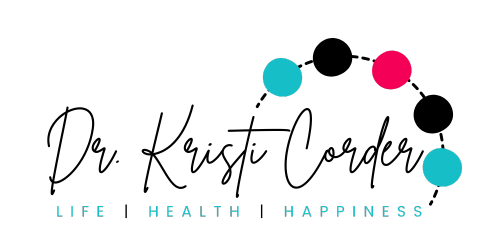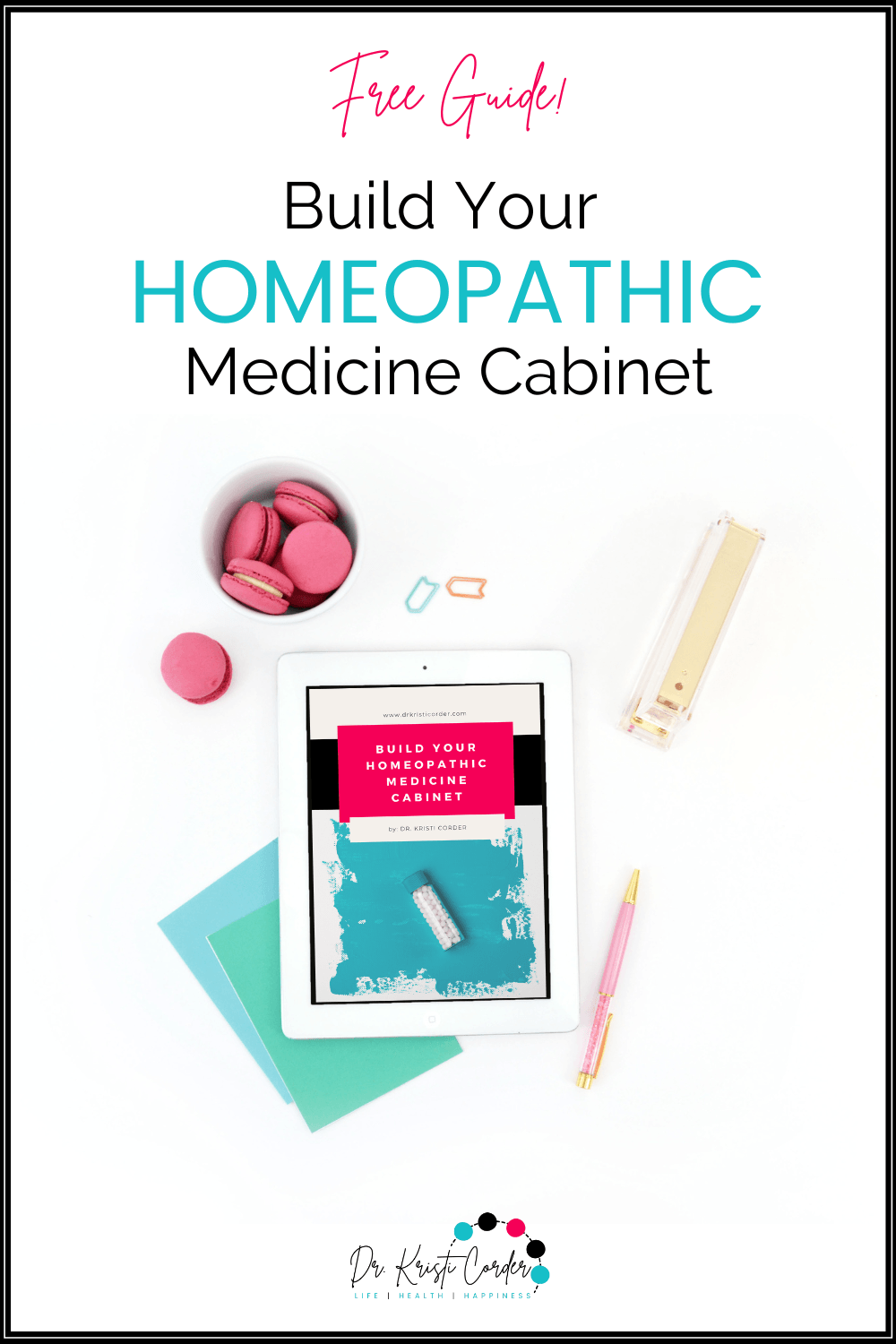3 Breast Complaints During Breastfeeding and Natural Remedies for Healing
This post may contain affiliate links.
Click here to read my affiliate policy.

It's National Breastfeeding Month and there a so many issues that can arise when mommas are breastfeeding for the first, fifth, or even tenth time.
In this post, I want to focus on 3 breast complaints that can occur during breastfeeding: engorgement, plugged ducts, and mastitis.
Let's find out how these issues present, how they can be prevented, and how you can find some relief and healing with the various natural remedy choices that are available to you.
Engorgementdline
Engorgement occurs when the breasts become full, hard, and tender. Sometimes there can even be a lumpiness to the breasts accompanied by a slight fever.
This most often occurs shortly after birth of your baby when when milk is starting to come in. Not only do the breast become full due to milk, but there is an increase in both lymph fluids as well as blood flow.
While engorgement is mostly seen in the early stage of breastfeeding, it can also happen anytime during the breastfeeding process.
At the point where baby is starting to nurse less, you may experience engorgement. Your body is used to producing a certain amount of milk, so when demand of that milk decreases and your body is still producing the same amount, your breasts will become full.
If baby has a growth spurt and your body is stimulated to produce more milk, sometimes it can become a little too much and you can become engorged then as well.
Sometimes wearing bras that are a little too snug for you can lead to engorgement. They can block blood and lymph flow causing the breasts to swell.
And of course, if you stop breastfeeding suddenly you're almost certain to experience engorgement.
Occasionally, engorgement can lead to blocked or plugged ducts. I'll talk more about this a little further down in this post.
So how can you prevent engorgement or find relief when it happens?
Wear loose fitting clothing - this is one of the main ways that you can prevent engorgement. The less restricted you feel in your clothing, the better milk, blood, and lymph flow will be.
Nurse - this should be an obvious option. Nursing your baby will decrease the amount of milk in the breast and therefore prevent or reduce engorgement.
Pump or hand express milk - similar to nursing, these options can help decrease milk in the breast. However, don't pump or express too much or you may stimulate your body to produce MORE milk in the coming days.
Cold compresses or cabbage leaves - when breasts are swollen and tender, placing cold compresses or cold cabbage leaves on the breasts can bring down the inflammation and pain.
Homeopathy - homeopathic remedies such as Phytolacca, Pulsatilla, Belladonna, Bryonia, and more can help relieve the pain and inflammation associated with increased milk, lymph, and blood flow to breasts.
Plugged or Blocked Ducts
Plugged or blocked ducts can present similarly to and be caused by similar things as engorged breasts. However, blocked ducts typically occur in a single spot in the breast while engorgement occurs over a wider area.
A plugged duct occurs when a milk duct that goes from the breast to the nipple gets obstructed. There can be a tender knot or lump in one small and specific location in the breast and you may even notice a white blister on the nipple.
Usually this issue will resolve on it's own in the matter of a day or two. If it doesn't and you start having other symptoms, you may be experiencing mastitis which I will be discussing next.
So how can you prevent and/or treat plugged blocked ducts?
See engorgement options - all of the same suggestions I made in the engorgement section above can apply to this section as well.
Nursing positions - if you're experiencing repeated blocked ducts, you might try different nursing positions to prevent this from happening again. And at the time of a blocked duct, just changing your nursing position may help the duct to clear more quickly.
Hand massage - do gentle massage at the area of the block while your baby is nursing or while you are in the shower to help clear that duct.
Warm compresses - different from engorgement, you can use a warm compress to the breast prior to or during breastfeeding to help clear a plugged duct.
Chiropractic care - chiropractic adjustments help to stimulate the nerves and other structures of the breast so that they function correctly. Find a prenatal chiropractor in your area at www.icpa4kids.com
Mastitis
Oh, the dreaded mastitis. Mastitis is an infection of the breast tissue that presents as swollen, red, hot, and painful. You will also likely have a fever, chills, and fatigue, sort of like when you have the flu. One common sign that you have mastitis is red streaks going up the breast.
While mastitis can be caused by engorgement or plugged ducts that don't get resolved, it can also be caused by bacteria entering the breast from other conditions like cracked nipples.
With mastitis, an area of the breast will be swollen, red, hot, and painful. You will also likely have a fever.
See engorgment and blocked ducts options - all of the same suggestions I made in the engorgement and blocked ducts sections above can apply to this section as well.
Rest - your body is going through an illness. So as with any other illness you experience, you need to rest.
Hydrate - water is super important for all body processes especially when we are fighting an illness.
Cut sugar - if mastitis is a recurring problem for you, consider cutting out all forms of sugar. Sugar loves to feed bacteria and therefore can lead to recurrent problems such as mastitis.
Homeopathy - I know I included some remedy options in the above section, but there's another I'd like to put in this section. Anytime we are dealing with any types of infection, homeopathic Hepar sulphuris calcarea is always a good consideration. It's our homeopathic antibiotic. Please contact me for further assistance in using homeopathic remedies for this condition.
If you are concerned about any of the breastfeeding challenges I've covered today or any that you feel you want to be prepared for in the future, please reach out for a consult. I'm happy to work with you homeopathically to help you prevent or find relief from common breastfeeding issues that arise.
I hope you found this information useful. As always, please share my blog posts with friends and family members that may need the information.

Hi! I'm Dr. Kristi!
I’m a wife, mom, and alternative health care practitioner. I like to live a little differently and go against the grain.
I consult with people of all ages who are looking to ditch the drugs for alternative methods of healing. But I’m most passionate about teaching parents how to care for their kids illnesses at home using homeopathy and other alternative health care practices such as nutrition, natural remedies, minimalist ideas, and more. I’m completely obsessed with ice cream, waterfalls, and all things travel related.
Disclaimer: The entire contents of this website are based upon my own opinions unless otherwise noted. I am not a medical doctor and the information on this website is not intended to be a substitute for professional medical advice, diagnosis, or treatment. It is intended as a sharing of knowledge and information from my research and experience. I encourage you to make your own health care decisions based upon your research and in partnership with a qualified health care professional. If you are pregnant, nursing, taking medication, or have a medical condition, consult your health care professional before using products based on this content.
The information on this website has not been evaluated by the FDA and is not intended to diagnose, treat, cure or prevent any disease.
By using this website, you agree to abide by this disclaimer as well as the Terms of Service, Disclosure Policy, and Privacy Policy.
Copyright 2023 | Dr. Kristi Corder | All Rights Reserved






